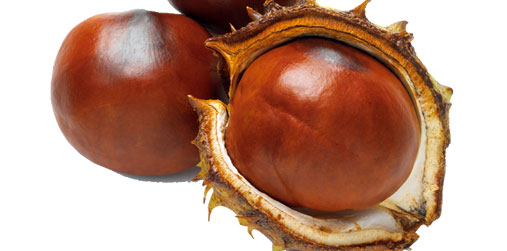Instruction
1
In autumn, collect chestnuts, which usually fall from the tree as they Mature.
2
For a higher guarantee of germination and further plant endurance guide the process of stratification. To do this, place the chestnuts in a wet cold environment. For example, in a container pour their coarse river sand and put it on the bottom shelf of the refrigerator or in a cold cellar for 10 days. This variant of the preparation of the seed is good, if you decide to sow them in the autumn.
3
If you decide to sow the seeds of the chestnut in the spring, after winter storage in the home (preferably in the basement or on the top shelf of the refrigerator, place them in cold and warm environment. To do this, pour the fruit prepared for planting in warm water for 5 days (change the water periodically as it cools down). Thus, softens the shell of the nut, and swell the Bud.
4
Processed fruit planted on the chosen location to a depth of 2-3 cm (no deeper than three diameters of the fruit). Seeds sown in autumn, usually germinate in two and a half weeks earlier than when sown in the spring. But with spring planting better tree with a stronger "get ready" for the cold.
5
Acceptable and this method of planting chestnut: collect the fruits in late autumn, when they are in natural conditions will be the procedure of stratification, and after the New Year put in a regular flower pot and water it as you water your home potted flowers. In the spring, transplant the sprout to a permanent location, continuing the first time to regularly water it. Don't forget to do around him, yet such a small, fence. When transplanting can cut a straight taproot, it will form a strong compact root system of the future tree, it is strong and enduring.
6
Another way (quite simple) is this: find autumn chestnut tree leaves and bury the attackers with his fruit. In the spring, right after the snow melts, foliage and dig a bunch of view – the portion of the fruit must grow, you'll see the thick roots. Collect as many as you need, and sow where you want, without deepening much in the ground.
Useful advice
When planting sprouts of chestnut or sowing the fruit is desirable to take some land from the place where you took the seeds, or from other chestnut trees (only the top layer, no deeper than one centimeter). This land pour into the hole prepared for planting. The fact that chestnut is a plant, a plant, and in this substrate it would be better to develop.
